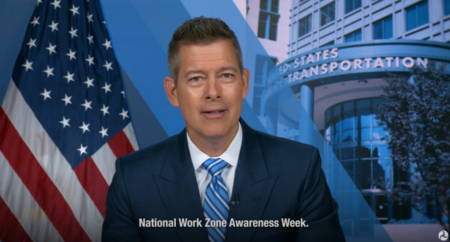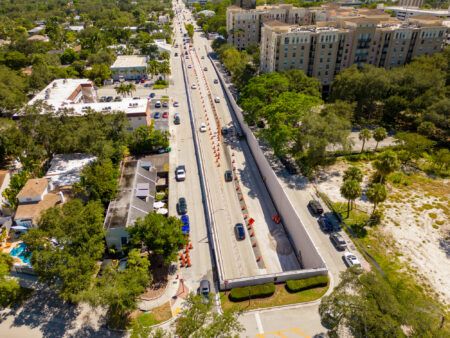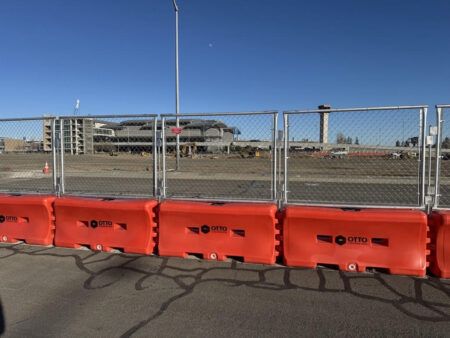Together for Safer Roads (TSR), a leading non-governmental organization dedicated to advancing road safety through cross-sector collaboration and technological innovation, has announced the formation of the TSR Direct Vision Leadership Council.
In London, where trucks have been required by Transport for London (TfL) to meet a direct vision standard since 2019, the city has recorded a 49% reduction in the number of fatal collisions involving large trucks and a 64% reduction in crashes causing severe injuries where vision was a factor.
As this example shows, ensuring that drivers can see what’s happening on the road in front, and to the side of them, is essential to reducing roadway fatalities and injuries. Research shows that driving a conventionally designed truck results in a 23% increase in pedestrian collisions versus trucks optimized for direct vision.
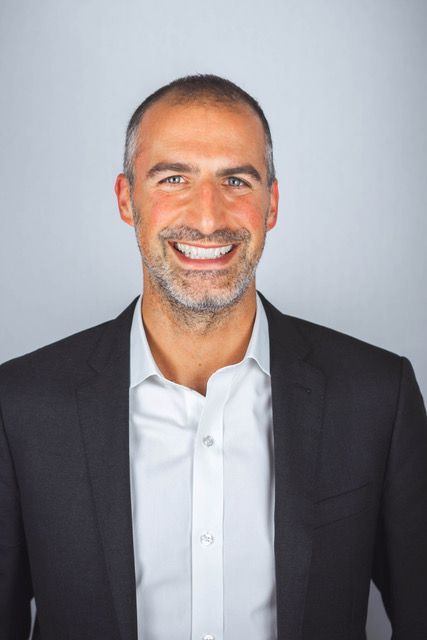
“Introducing direct vision vehicles into fleets — especially those operating in urban environments — can help reduce traffic crashes, injuries, and fatalities,” says Peter Goldwasser, TSR’s executive director, who was a guest on the Transportation Podcast earlier this year. “Our new Direct Vision Leadership Council provides an essential forum for key stakeholders — drivers, manufacturers, fleet managers and operators, and insurance and safety experts — to share information about the potential and practicalities of direct vision vehicles and provide their expertise to guide future safety research and development.”
Composed of vehicle OEMs, large and small fleet operators, insurance providers, and other key stakeholders, the formation of the Council follows TSR publishing its foundational Direct Vision Transition Guide: An Operator’s Guide to Transforming Fleets for Safety and coincides with a number of pilot programs launched to demonstrate the safety benefits of direct vision vehicles, and will incorporate lessons learned from TfL.
“The implementation of more stringent direct vision requirements for operating a heavy goods vehicle in Greater London has proven to reduce serious injury and death on the roads,” says Christina Calderato of TfL. “We are proud to contribute our relevant insights from London to help increase awareness of direct vision vehicles in North America and hope that efforts like TSR’s new Direct Vision Standard will further build awareness and utilization”
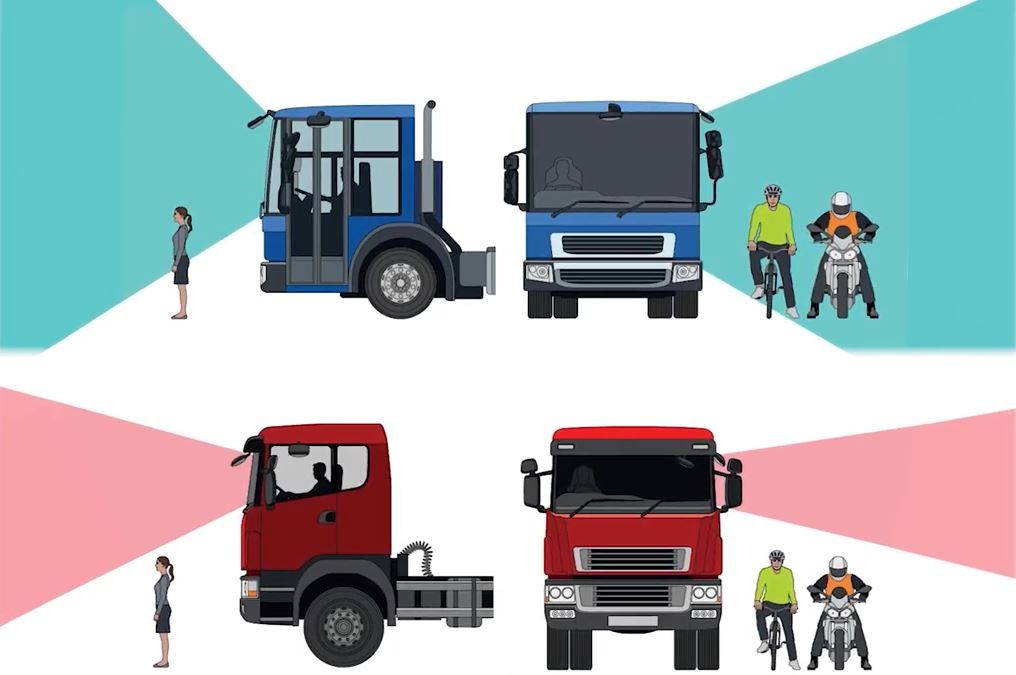
One key goal of the Leadership Council’s work will be to identify barriers and address challenges that can hinder widespread adoption of direct vision vehicles in North American fleets.
Challenges include lack of awareness about the benefits of direct vision; procurement policies restricting what types of vehicles municipal governments can buy; and perceptions that direct vision vehicles are only applicable in the waste/recycling space. In addition, the Leadership Council will help TSR and supporting researchers gather information on financial, road safety, and workplace safety benefits that can come from deploying direct vision vehicles.
To overcome these hurdles and expand the market for high-vision trucks in North America, TSR’s Direct Vision Leadership Council will: Identify misconceptions and answer questions about direct vision vehicles; Provide data on crashes to develop empirical analyses of direct vision benefits; Identify procurement barriers and suggest opportunities to address them; and leverage internal resources to spread information about direct vision vehicles to primary and secondary market purchasers.
“With pedestrian deaths at their highest level in 40 years, this type of collaboration on solutions is urgently needed,” said Becky Mueller, a senior research engineer at the Insurance Institute for Highway Safety (IIHS) who is joined on the Council by IIHS senior research scientist David Kidd. “We are excited to contribute to this important group and help develop new insights for commercial vehicle safety.”
“As the nation’s largest municipal fleet in one of the most densely populated urban areas, we know that driver visibility in trucks is crucial to safety. Just last year, the City issued a critical new policy, Executive Order 39, directly addressing this issue, by mandating that all city fleet and contractor trucks meet minimum vision standards or be equipped with surround cameras to address blind zone issues,” says Keith Kerman, NYC chief fleet officer and deputy commissioner for the NYC Department of Citywide Administrative Services (DCAS). “Through the TSR Direct Vision Leadership Council, we will have an opportunity to share these experiences and guide other cities to develop safer fleets.”



